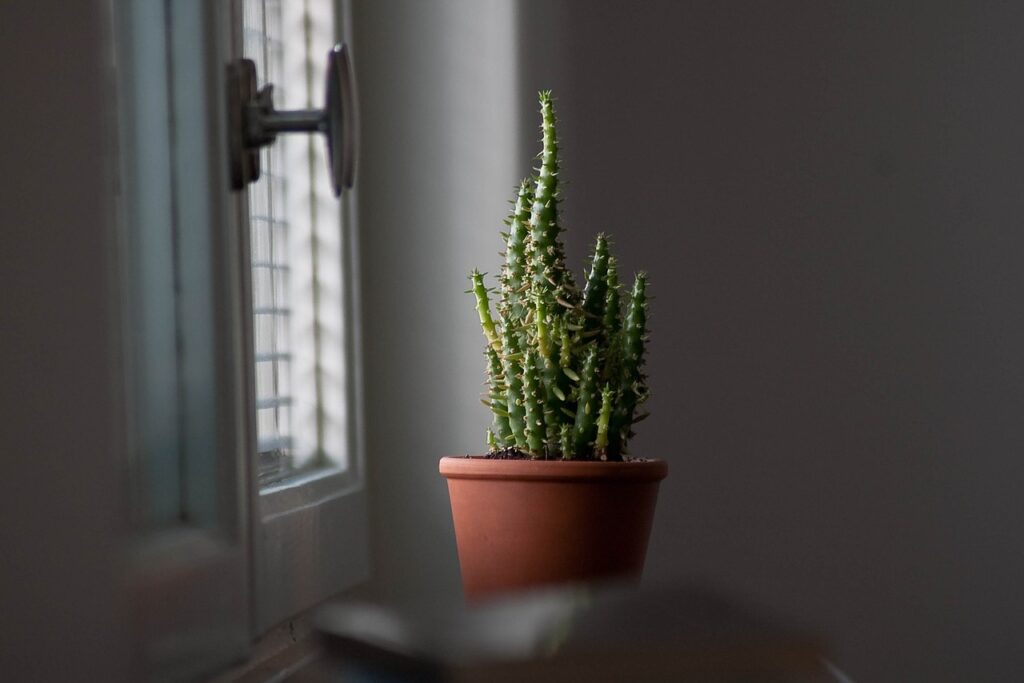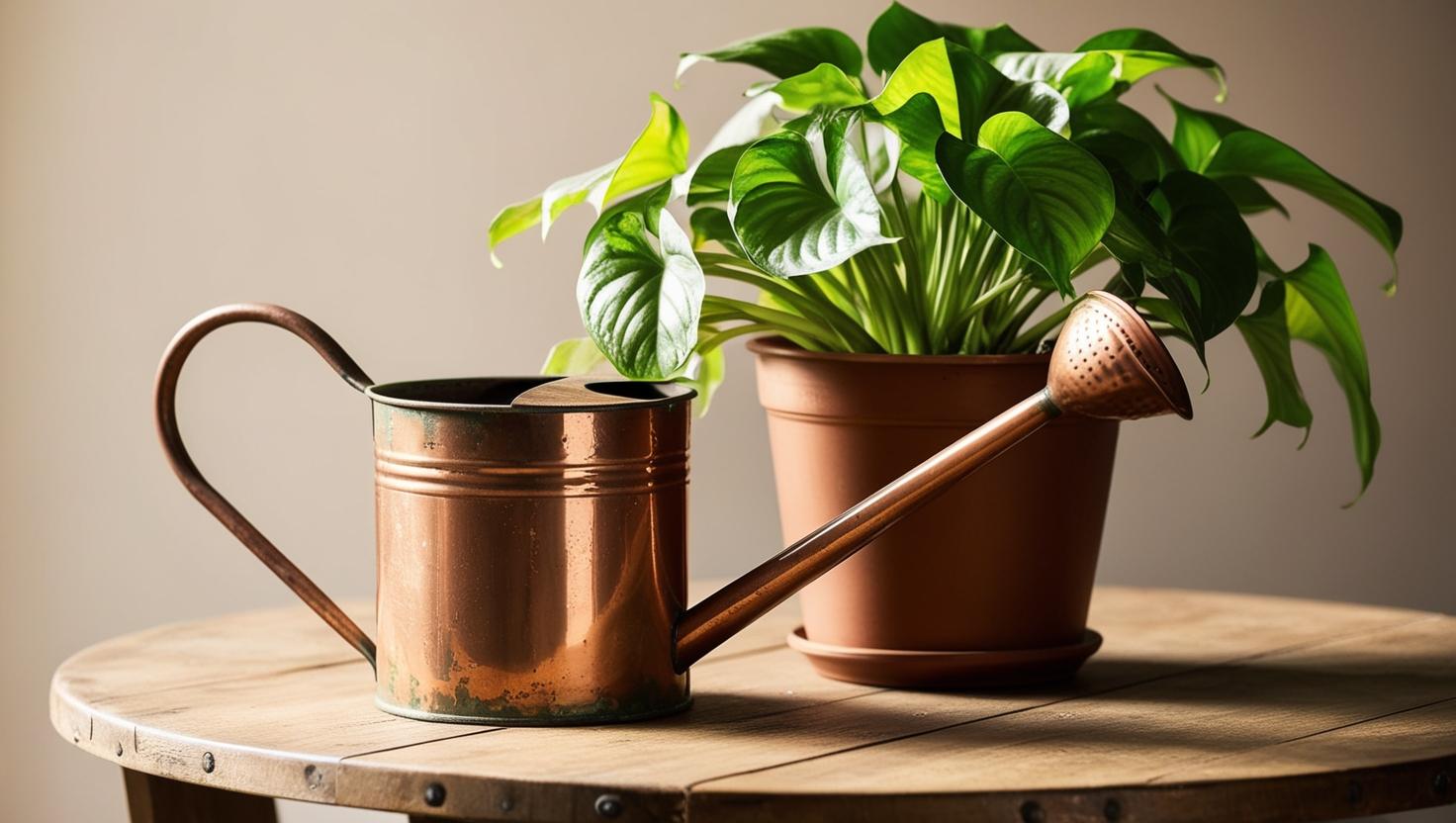Watering your houseplants is one of the most essential yet tricky aspects of plant care. Too much water can lead to root rot, while too little can cause dehydration and stress. The key to a thriving plant is understanding how often to water it, and that’s where watering frequency comes into play.
In this guide, we’ll cover everything you need to know about plant watering frequency, from how to determine when it’s time to water, to how different plant types affect the frequency of watering. Let’s get started!
Why Is Watering Frequency Important?
Watering frequency refers to how often you water your plants. While the amount of water is important, when and how often you water can be just as crucial to the health of your plant. Consistent and appropriate watering helps maintain the right moisture levels in the soil, prevents overwatering (a common mistake), and keeps your plants happy.
If you water too frequently, the soil can become waterlogged, depriving your plant’s roots of oxygen and promoting root rot. On the other hand, infrequent watering leads to dry, stressed plants that may struggle to bounce back.

How to Determine Your Plant’s Watering Needs
Understanding your plant’s specific watering requirements is key to figuring out its ideal watering frequency. Here are a few factors that influence how often a plant needs water:
1. Plant Type
Different types of plants have different watering needs. For example:
- Succulents and cacti require minimal watering and prefer to dry out between waterings.
- Tropical plants (e.g., ferns, peace lilies, and philodendrons) tend to need more frequent watering because they thrive in humid, constantly moist environments.
- Hardy plants (e.g., snake plants, pothos) are more tolerant of drying out and can go longer without water.
2. Pot Size and Type
The size and type of the pot your plant is in can also affect its watering frequency. A small pot dries out faster than a large pot, so a plant in a small pot may require more frequent watering. Additionally, pots made from porous materials (like terracotta) allow water to evaporate more quickly than non-porous pots (like plastic or ceramic).
3. Soil Type
The type of soil your plant is in can affect how quickly the water drains or retains moisture. Well-draining soil allows excess water to escape quickly, so your plant might need more frequent watering. On the other hand, dense, heavy soil retains water for longer periods, meaning your plant may need less frequent watering.
4. Environmental Factors
- Light: Plants in brighter light (direct or indirect) usually need more water since the heat encourages faster evaporation. Conversely, plants in low-light areas require less frequent watering.
- Temperature and Humidity: In warmer, drier environments, plants lose moisture more quickly. On the other hand, in cool, humid spaces, plants will need less frequent watering.
5. Plant Growth Stage
During active growth periods (spring and summer), plants generally require more water. During their dormant period (fall and winter), most plants grow slower and need less water. This is particularly true for tropical plants and succulents.
How to Tell When to Water Your Plant
One of the trickiest aspects of plant care is determining when to water your plant. Here are some tips to help you gauge the right time to water:
1. Check the Soil Moisture
The most reliable way to know if your plant needs water is to check the moisture level of the soil. You can do this by:
- Finger Test: Stick your finger about 1-2 inches into the soil. If it feels dry, it’s time to water. If it still feels moist, wait another few days before checking again.
- Moisture Meter: You can also use a soil moisture meter for a more accurate reading. These affordable tools measure the moisture level at different depths in the soil.
2. Observe the Leaves
Plants often give visual cues when they need water:
- Wilting: If your plant is wilting, it could be a sign of dehydration. However, some plants (like succulents) naturally wilt a bit as part of their water conservation strategy.
- Yellowing Leaves: Overwatering can lead to yellowing leaves, but so can underwatering. Check the soil moisture to see if it’s time to water.
- Crispy Tips: If the tips of your plant’s leaves are turning brown or crispy, it could be a sign that the plant is either underwatered or stressed due to low humidity.
3. Weigh the Pot
Another way to gauge when to water is by weighing the pot. When your plant is fully watered, the pot will feel heavier. As the soil dries out, the pot will become lighter. This is particularly useful for larger plants or plants in decorative pots that may not be easy to check from the inside.
How Often Should You Water Different Types of Plants?
Now that you understand how to assess when your plant needs water, let’s take a closer look at the watering frequency for some common types of houseplants:
1. Succulents and Cacti
- Watering Frequency: Once every 1-2 weeks (or when the soil is completely dry).
- Care Tip: Succulents and cacti prefer to dry out completely between waterings. Overwatering is one of the most common causes of death for these plants.
2. Tropical Plants (e.g., Ferns, Philodendrons, Peace Lilies)
- Watering Frequency: Every 5-7 days (or when the top inch of soil feels dry).
- Care Tip: Tropical plants thrive in moist environments but can also suffer from root rot if the soil is consistently soggy. Allow the top layer of soil to dry out slightly before watering again.
3. Hardy Plants (e.g., Snake Plant, Pothos, ZZ Plant)
- Watering Frequency: Every 1-2 weeks (or when the soil is dry to the touch).
- Care Tip: Hardy plants are more drought-tolerant and can go longer between waterings. Ensure the soil dries out between waterings to avoid root rot.
4. Flowering Plants (e.g., Orchids, African Violets)
- Watering Frequency: Every 5-7 days (or when the top soil feels dry).
- Care Tip: These plants need consistent moisture but don’t like to sit in water. Be sure to empty any excess water from saucers or pots after watering.
5. Herbs (e.g., Basil, Mint, Parsley)
- Watering Frequency: Every 3-4 days (or when the soil feels dry).
- Care Tip: Herbs need regular watering, but be careful not to overwater them, as they don’t tolerate soggy roots. Make sure they have a well-draining pot.
General Watering Frequency Tips
- Seasonal Adjustments: During the growing season (spring and summer), most plants will need more frequent watering. In the fall and winter, reduce the frequency since plants tend to go dormant or slow down their growth.
- Signs of Overwatering: If your plant’s leaves are yellowing, drooping, or developing brown spots, it could be a sign of overwatering. Let the soil dry out and adjust your watering schedule.
- Signs of Underwatering: Wilting, dry leaf edges, and brown spots can indicate underwatering. Increase your watering frequency and check the soil moisture more regularly.
Conclusion: Finding the Right Watering Frequency
Watering is an art and science, and finding the right balance for your plants can take some time and observation. The key to maintaining a healthy watering schedule is to monitor your plant’s specific needs based on its type, environment, and growth cycle. Don’t be afraid to adjust your routine as the seasons change and your plant’s needs evolve.
By getting familiar with your plants and learning how to spot the signs of underwatering or overwatering, you’ll soon develop a feel for the ideal watering frequency. Happy watering, and may your plants thrive!

